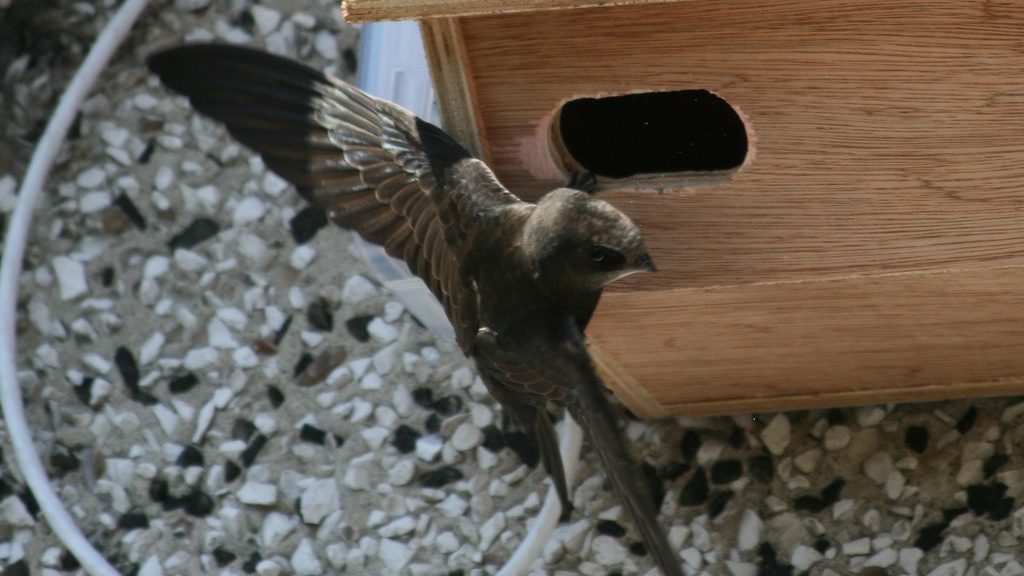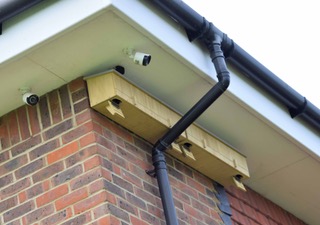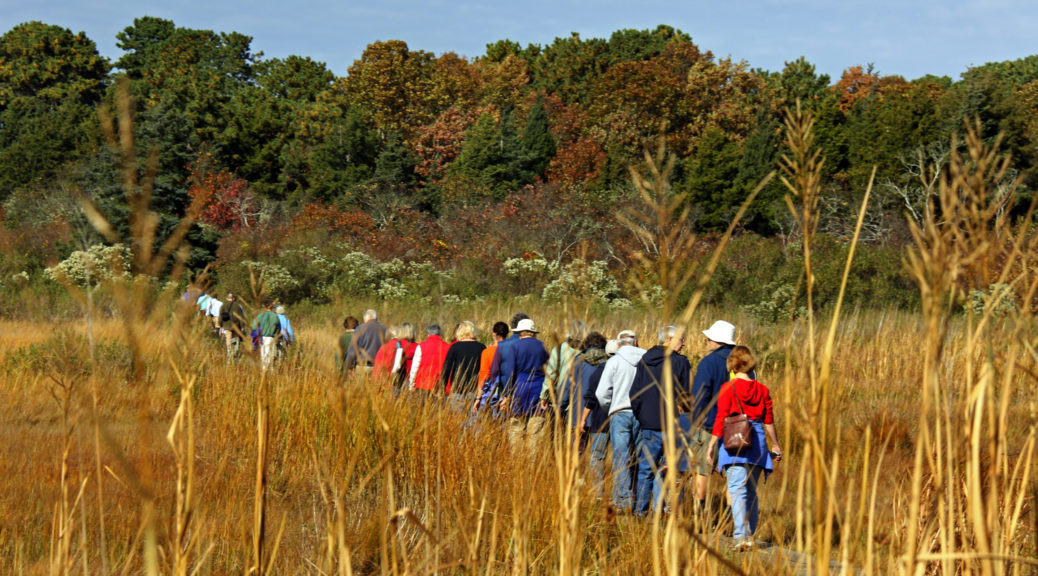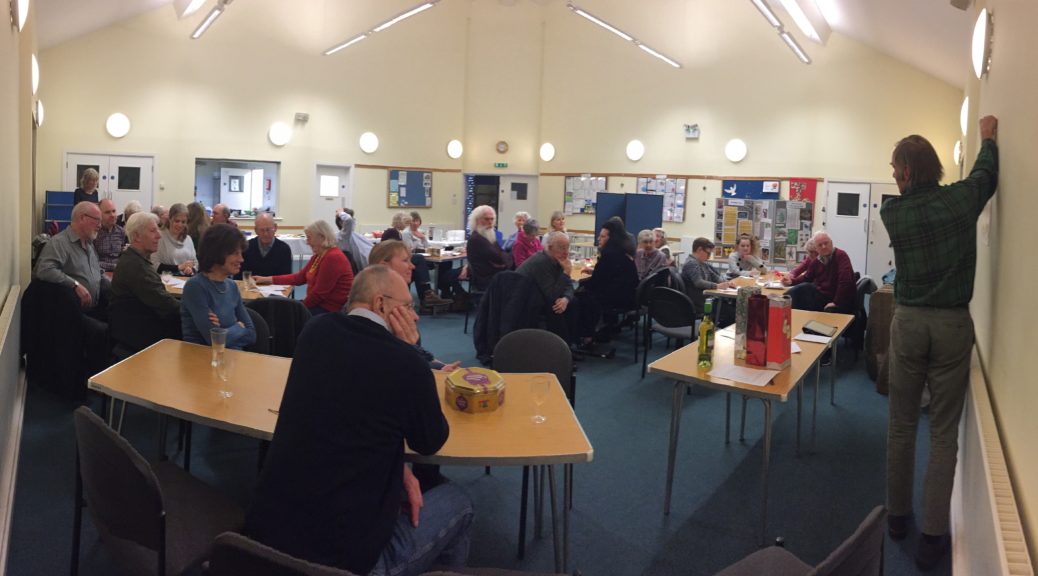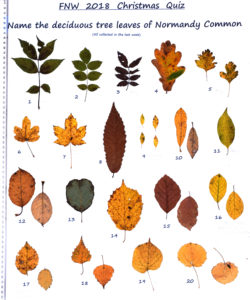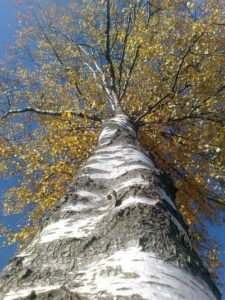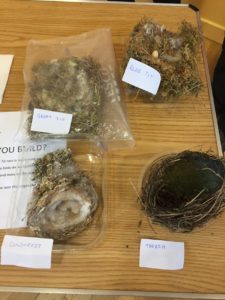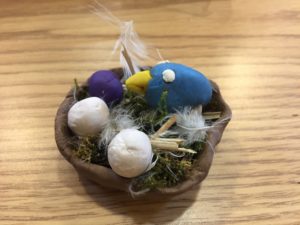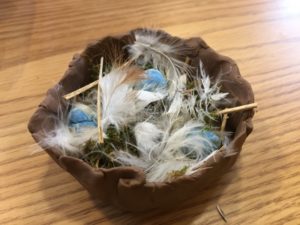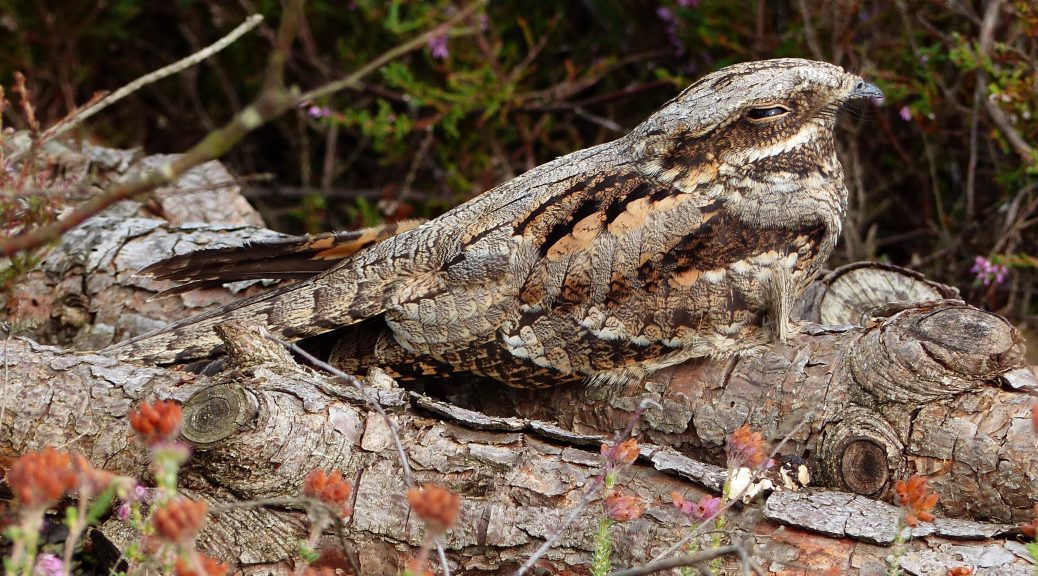The Friends of Normandy Wildlife group is looking for a volunteer to join our organising committee and take on the role of secretary. The role involves:
- taking brief notes at our committee meetings (about four times a year);
- keeping the membership list and contact details up to date;
- emailing members with information about future FNW events;
- responding to emails in the FNW email box.
We are a very friendly, informal committee and all work together to develop ideas for wildlife and environmental talks, walks and related activities to help wildlife in the area. You can find out more about what we do on our website at www.friendsofnormandywildlife.org.uk.
If you are interested in joining us on the committee please get in touch via fnwildlife@gmail.com

